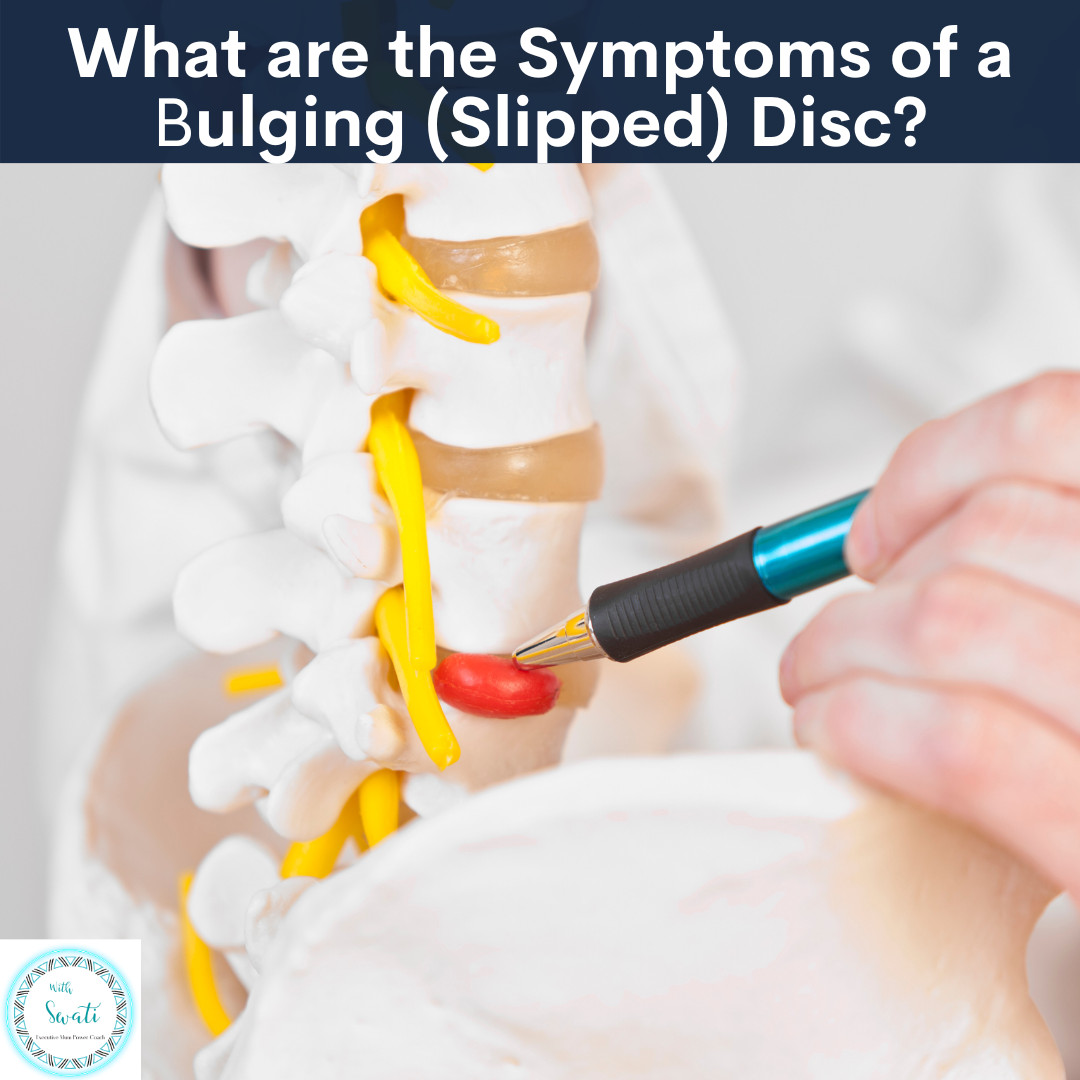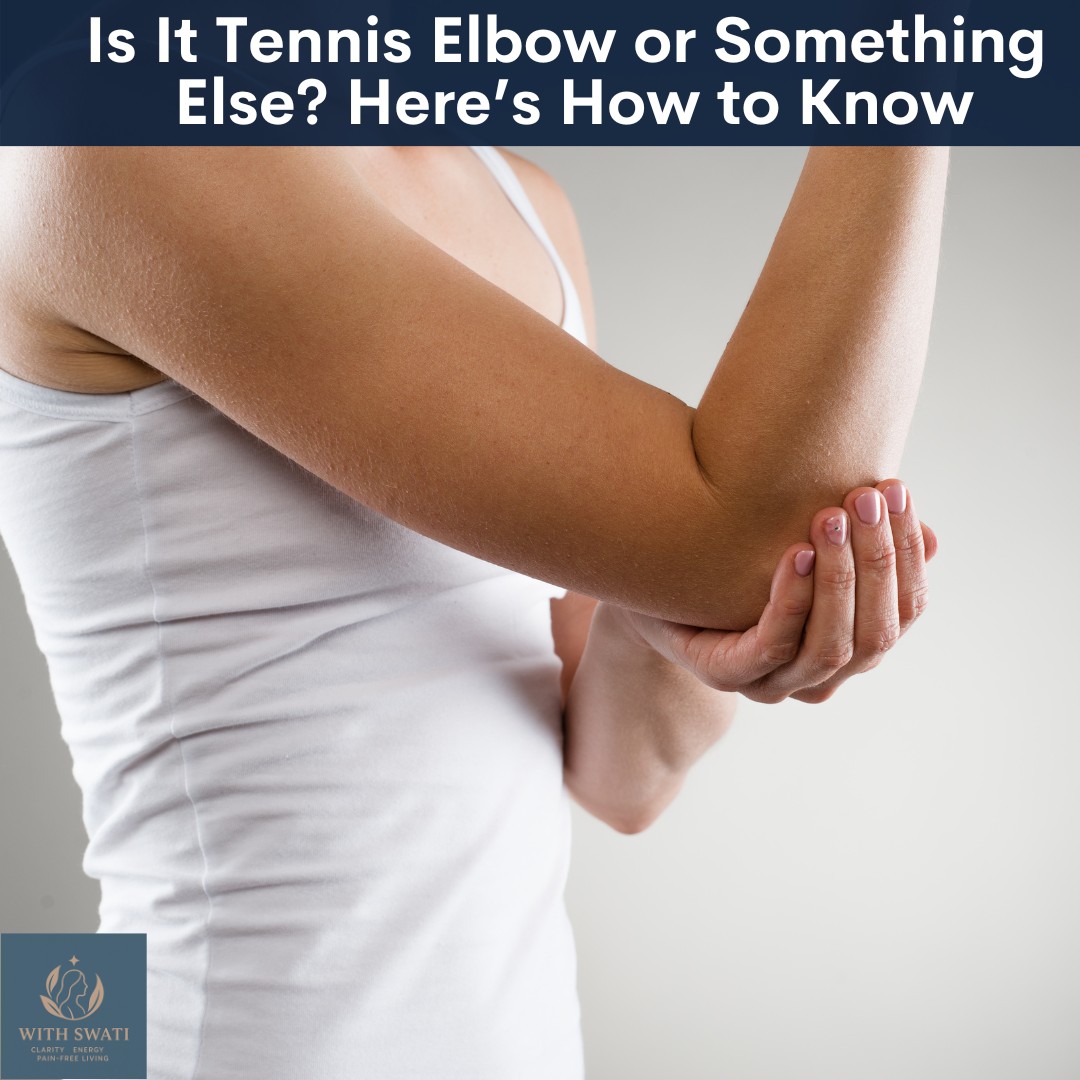
It can be quite an overwhelming experience to get diagnosed with a slipped or bulging disc. However it is more common than we realise because of the prolonged and static sitting culture that is quite prevalent nowadays. In this blog lets discuss three common symptoms that are seen when you have a bulging disc in your spine (neck or back).
Firstly, you will have pain in the spine (back or neck) where the disc is bulging. The pain is felt more in sitting as compared to standing. However standing up after sitting, specially for a long time can be painful and the spine can feel stiff. Prolonged sitting has been shown to add up the stresses on the disc when it exceeds 20 minutes and this is the reason for increased pain after prolonged sitting. Also sitting and bending over, say to tie your shoe laces or pick something off the floor can be painful too.
Secondly, this spinal (back/neck) pain may stay localised to the spine and surrounding muscles and ligaments or it may radiate down to the bottom all the way down to the legs (if originating from the back) or from the shoulders to the fingers tips (if originating from the neck). This happens when the disc is compressing the nearby nerves or the disc material starts to irritate the nerves. This leads to a nerve pain in the area supplied by the irritated or compressed nerves. An example of this is sciatica that occurs when the sciatic nerve in the lumbar spine start to get irritated or compressed by the bulging disc. This leads to nerve pain, tingling, burning, numbness or heaviness along the distribution of the sciatic nerve from the buttocks to the back of the thigh (hamstrings), back of the legs (calf) all the way down to the toes.
Thirdly the spinal (back/neck) can cause weakness of the legs (if originating from the back) or the arms (if originating from the neck). This can be present with or without the spinal (back/neck) pain. This may manifest as dropping objects easily, being clumsy with walking or loosing balance when standing or standing up after sitting.
There are various stages of a slipped or bulging disc and your symptoms will depend on what stage you are at and if it progresses further. Read the blog HERE if you want to learn more about what is a bulging or herniated disc? It also discusses the different stages of a slipped disc.
A common question that usually comes up when one is diagnosed with a disc problem is whether the disc will ever go back to normal. Watch this video to find out more:
There are many other symptoms of a bulging or slipped disc but we have discussed the three common ones. If you want to know more about easy ways to manage your spinal (neck & back) and joint pain, join my free community HERE.
In this community, you will find:
- Free trainings like “The Core Challenge,” “Simple Solutions for Back Pain,” and “Managing Neck Pain at Your Desk”
- Calm, professional guidance that fits your busy day
- A friendly, judgment-free space filled with people just like you.
If you like this blog and want to be notified about new blogs as soon as they are published, subscribe to my mailing list below.
I would love to see you around the internet! For other places you can explore more about me: https://withswati.com/page/link
Note: For the purpose of this blog, slipped or bulging disc has been used as a generic term to cover all stages of a disc problem (protrusion, herniation, extrusion and sequestration).
















0 Comments